Regardless of whether you refer to this party staple as a charcuterie board or a cheese plate, one thing is universally acknowledged: there is something for everybody to enjoy about this offering.
Because cheese plates are infinitely adaptable, we are taking it upon ourselves to provide some pointers. To celebrate National Cheese Day (June 4), take heed to our guide on how to make a good cheese plate—and you will be “gouda” to go!
1. Choose Your Cheese: Up to 5
The formula is simple: cheeses plus meats plus breads plus condiments plus sweet-and-salty nibbles equals perfection. When choosing your cheeses, we say, go for a textural variety. For a single platter, we recommend including at least: one soft cheese (like Brie, mozzarella, and cream cheese), one semi-hard cheese (like Gouda, Havarti, and Gruyère), and one harder, aged one (like Grana Padano, Parmesan, and Asiago).
Shoot for no more than two same-texture cheeses. And if your culinary sensitivities exceed a novice’s, we encourage you to step up your game by choosing cheeses made from different milks, such as goat-, sheep-, and cow-milk cheeses.
It is important to note that your array of cheeses drives your selections of condiments, carbs, fruits, nuts, or, if you are so inclined, wine—so, be sure to be judicious when arranging your spread. To evoke a sense of balance, avoid choosing only high-sodium cheeses, and again, procure cheeses with varied textures. In terms of quantities, plan on rationing four ounces of cheese per person.
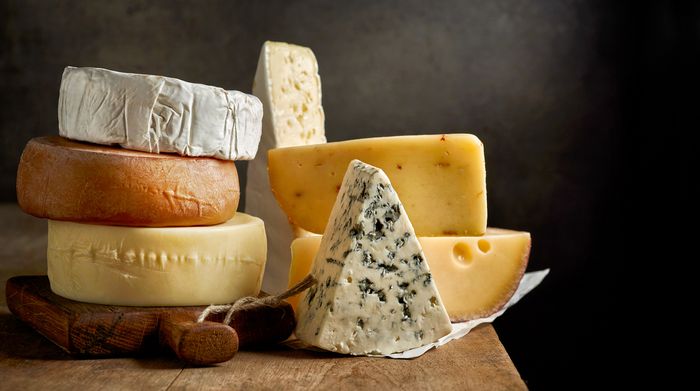
2. Curate Your Condiments: Up to 3
Cheese-plate condiments can range from purely sweet to hotly spicy. Charcuterie enthusiasts recommend choosing up to three condiments for a medley of flavors, which bodes well for party platters with many different cheeses.
Sweet condiments—like fig jam, honey, apple butter, bacon jam, and your favorite marmalade—can add infinite dimension and nuance to your cheese plate. For a smoky-sweet combo, you can pair hot honey with soft cheeses. Tart fruit preserves (namely of the cherry and plum varieties) add a mouth-puckering element to high-sodium flavors in blue cheeses. And lime marmalade strikes a lovely, tangy balance with fresh goat cheese.
In the same spirit, spicy condiments can be infused with sweet flavors to exceedingly great reward. Popular spiced charcuterie offerings include onion-and-pepper relish, sweet habanero jam, and mango-jalapeño chutney. We say, let any of these options battle it out with strongly flavored cheeses—if your hot condiment has a tangy kick, the dash of sweetness will help take the edge off.
Mustards complement cheeses and curated meats, too. We think garlic-dill, spicy brown, Dijon, and honey mustards bring vibrancy and intense flavor to the party.
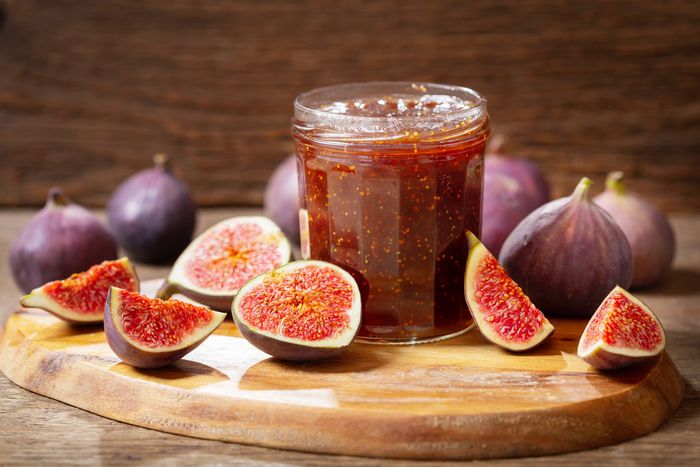
3. Meet Your Meats: Up to 3
To prevent the sidekick from outshining the protagonist, make sure that your assortment of meats does not outnumber the variety of cheeses. That being said, cured meats add a savory flair to your cheese plates and can fall under several camps—the most prominent ones being cured sausages and whole-muscle cuts. Keep in mind that you should proportion about three ounces of meat per person.
Generally, having both complementary and contrasting flavors in cheese plates is recommended. By that logic, we suggest cured-sausage selections of smoky pepperoni, hot or sweet chorizo, and herby Capicola. Our favorite whole-muscle cuts can be shaved into paper-thin slices, making them ideal small bites for cheese plates; bresaola, an air-dried and salted beef tenderloin, adds robustness, and our cured-pork selections, prosciutto and salami, have proven to be crowd favorites.
You can elevate your platter with a silky-smooth or coarse country-style pâté. Another spreadable option is rillettes: slow-cooked pork or salmon that is shredded and typically served cold.
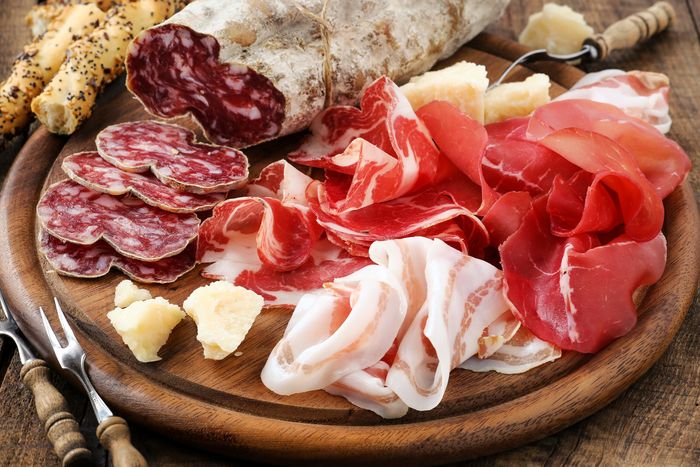
4. Carve Out Your Carbs Selection: Up to 3
Most renditions of cheese plates feature a sliced baguette and flakey butter crackers, which goes to show that you can never go wrong with the classics. Our personal carb recommendation is a sliced and crusty rosemary bread.
Curating your roster of carbs does not have to be a juried process. It’s really as straightforward as serving up varieties of breads and crackers. Opting for simplicity is encouraged, especially if your cheese plate already represents a jumble of spicy, salty, and sweet flavors with the cheeses, jams, relishes, and meats.
But if you are craving nuance, spring for whole-grain crackers with a delicious twist—some grocery stores sell versions flavored with tomato and sweet basil, chia seeds, and toasted sesame seeds.
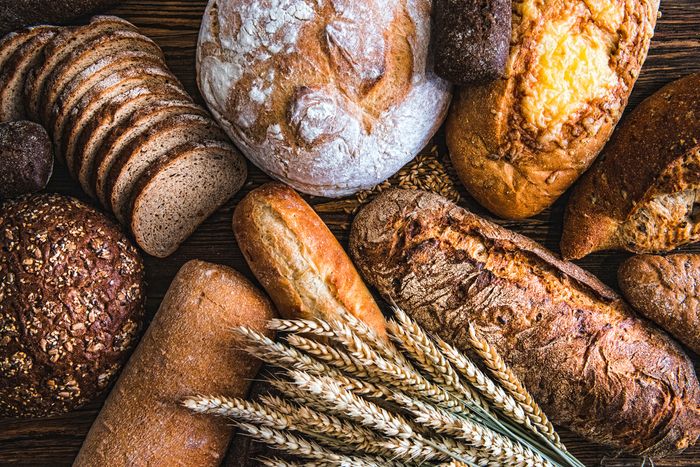
5. Elect Your Extra Nibbles: Up to 5
There is only one rule when it comes to choosing extra nibbles for your cheese plate, and that is: listen to your heart.
Popular inclusions are figs (fresh or dried), brined olives, and mixed nuts. Offerings typically fall under the categories of dried fruit (e.g., apricots and dates), fresh fruit (e.g., grapes, strawberries, and pears), and nuts and seeds (e.g., almonds, pistachios, and pepitas).
In terms of presentation and assembly, we’d scatter your handfuls of fruits and nuts around your platter where there are gaps between your cheeses, meats, breads, and condiments. Your thoughtfully scattered fruits and nuts will help your cheese plate look balanced, not to mention that it provides texture for both the eyes and the palate. Once you’ve added your extra nibbles, your cheese plate is ready to be devoured.
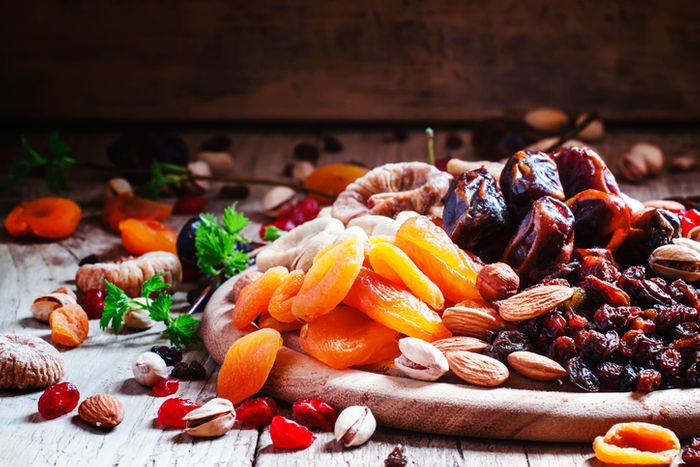
How to Store Your Cheese Plate
If you prepared your cheese plate some time in advance or have leftovers, you should do your best to keep it fresh.
Envelop your cheese plate in plastic wrap—if you’re storing uncut meats, we recommend keeping these separate, in a location that is maintained at 50–55 degrees, such as a wine cooler. Since exposing cut meats to warm air causes them to oxidize and spoil, be sure to pay them extra mind.
For optimal results, we suggest vacuum-sealing your cheese and meats. If that is not possible, just be sure to mind the cured meats for any “off” smells or colors. Do not continue refrigerating these meats past their prime—dispose of them once they raise a stink.
Store the rest of your cheese plate in your spacious refrigerator, on top of the coolest rack; for top-freezer models, the coldest part of your refrigerator is toward the top, and in other refrigerators, cold air sinks toward the bottom of the appliance, especially if there’s a bottom freezer.
And just like that, you’ve got a cheese plate that can be enjoyed even after the party is over.
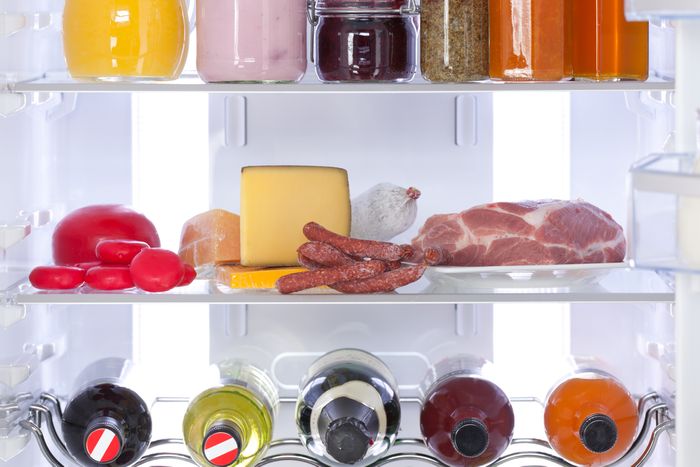
For all of your refrigeration needs, be sure to check out our catalog or call any Spencer’s TV & Appliances location near you. If your cheese-plate endeavors have you thinking you might need a bigger fridge, we’d take heed to that instinct. Call our appliance experts today!